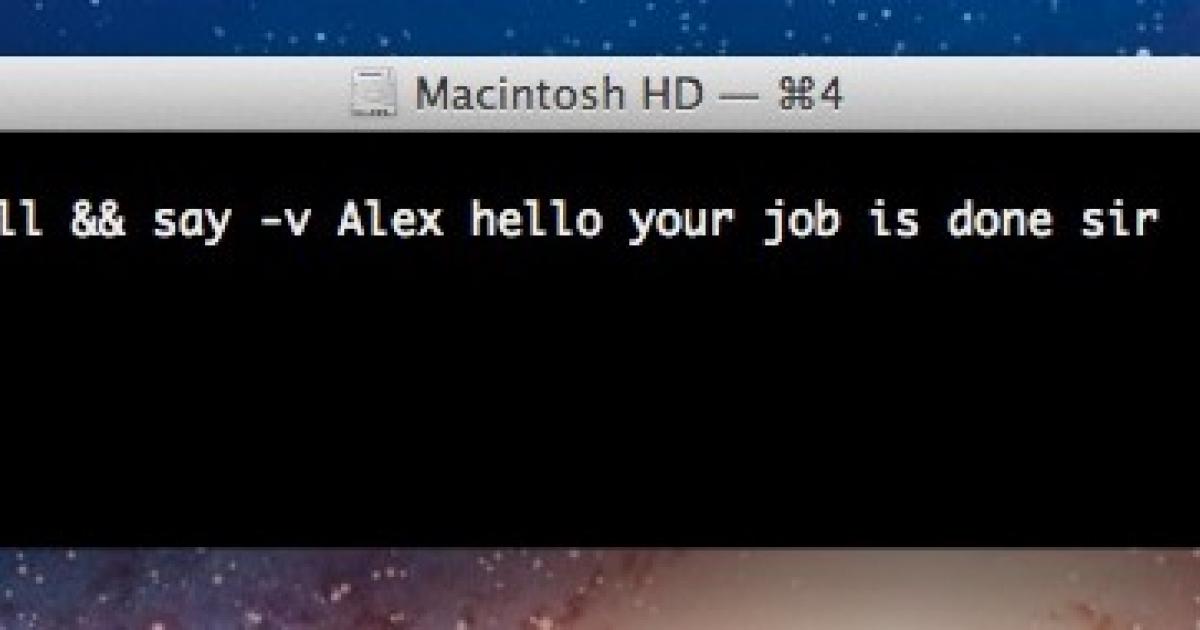
This reduces the amount of typos that can screw up something you’re trying to do, so you don’t have to redo your work. Precise Typing Makes a Happy OSĪnother piece of advice is to use the TAB key to autocomplete terminal commands, if possible. As this Apple Training guide says, always triple-check your typing when using SUDO. So it’s important to be careful with what you’re SUDOing. However, if you make a small mistake, the SUDO command can also mess up system operations on your machine…which can be an interesting way to spend an afternoon. If you know exactly what you’re doing with it, it’s perfectly fine.

This command overrides the normal security protections that your OS keeps in place to protect the system from modification. “Super do” or SUDO is a very powerful command in the terminal. Here are four quick tips to go along with this infographic: 1. If you buy a product through my links on this page, I may get a small commission for referring you. It’s unavoidable.ĭisclosure: I’m a proud affiliate for some of the resources mentioned in this article.
#Cool mac terminal commands how to
(If you want to save this for later use, right click and “ Save As“.)Īgain, the only way to ever be a successful programmer is to learn how to work in the command line. Please include attribution to when using this graphic. Take a look below at the Unix commands cheat sheet, perfect for your Mac terminal. So, “exit” does in fact mean to exit the terminal. They have been created to help, not confuse. Luckily, lots of these commands are like their written-out name. The only way to ever become comfortable using the command line is to memorize, memorize, and memorize some more. You can use it as a way to memorize the basic commands. Instead, my Unix commands cheat sheet has been created to act as a quick reference guide. This isn’t meant to be some visually appealing infographic, filled with fancy gradients and sexy charts. That’s why I put together a Unix commands cheat sheet of regularly-used commands in the Unix command line (see below).

It seems like there’s so much you have to know! Not because it’s hard to learn-it’s actually not too difficult once you start-but rather because it is intimidating. The second does what an Option-drag does, or what happens when you drag a file to a different disk or volume.When it comes to learning how to code, you might be worried about mastering the command line. The first does the same as dragging a file to a new location on the same hard disk. There are two commands for moving and copying: mv and cp. The same is the case from the command line. (You may know that you can copy a file in the Finder, even on the same hard disk, by holding down the Option key when you drag it.) However, if you drag a file from your Desktop to an external hard disk, you’ll see that the file remains in its original location this file has been copied. The file is no longer on the Desktop, and is found only in the Documents folder.

If you’re in the Finder, and you drag a file from, say, your Desktop to your Documents folder, or any other folder on the same disk or volume, you move the file. The difference between copying and moving files
#Cool mac terminal commands windows


 0 kommentar(er)
0 kommentar(er)
